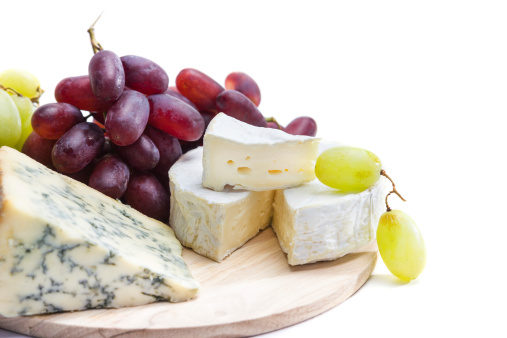A new report on the specialty food market presents a bounty of information on this broad and growing category. The report was based on consumer responses to a variety of survey questions about their buying and other habits. It defined specialty foods as those that are distinctive and of premium quality, often made by small or local manufacturers or having ethnic or exotic flavors.
The data and interpretations were produced through a collaboration between market research firm Mintel International Group and the Specialty Food Association, an industry trade group. “I think you can equate specialty food consumers with what we call in other forms of research ‘conscious consumers,’” said David Lockwood, director of Mintel Consulting during an online presentation of the report. These are consumers that want to know where food came from, how it was grown and whether it’s sustainable. They also have a general interest in other background information about the foods they buy.
“More than half of specialty food consumers buy natural and organic products,” noted Ron Tanner, Specialty Food Association vice president of communications, education and government and industry relations. Another major takeaway from the research was that over 225 million people buy specialty foods, up 46% from 2009. The age group with the highest percentage of specialty foods buyers is 18–24 year olds. Those living in the West and Northeast regions buy more specialty foods than others, as well. Forty percent of specialty food shoppers use mobile phones for food purchases, and 40% were found to buy online at least sometimes, according to the report.
Published in WholeFoods Magazine, November 2013 (online 10/2/13)










